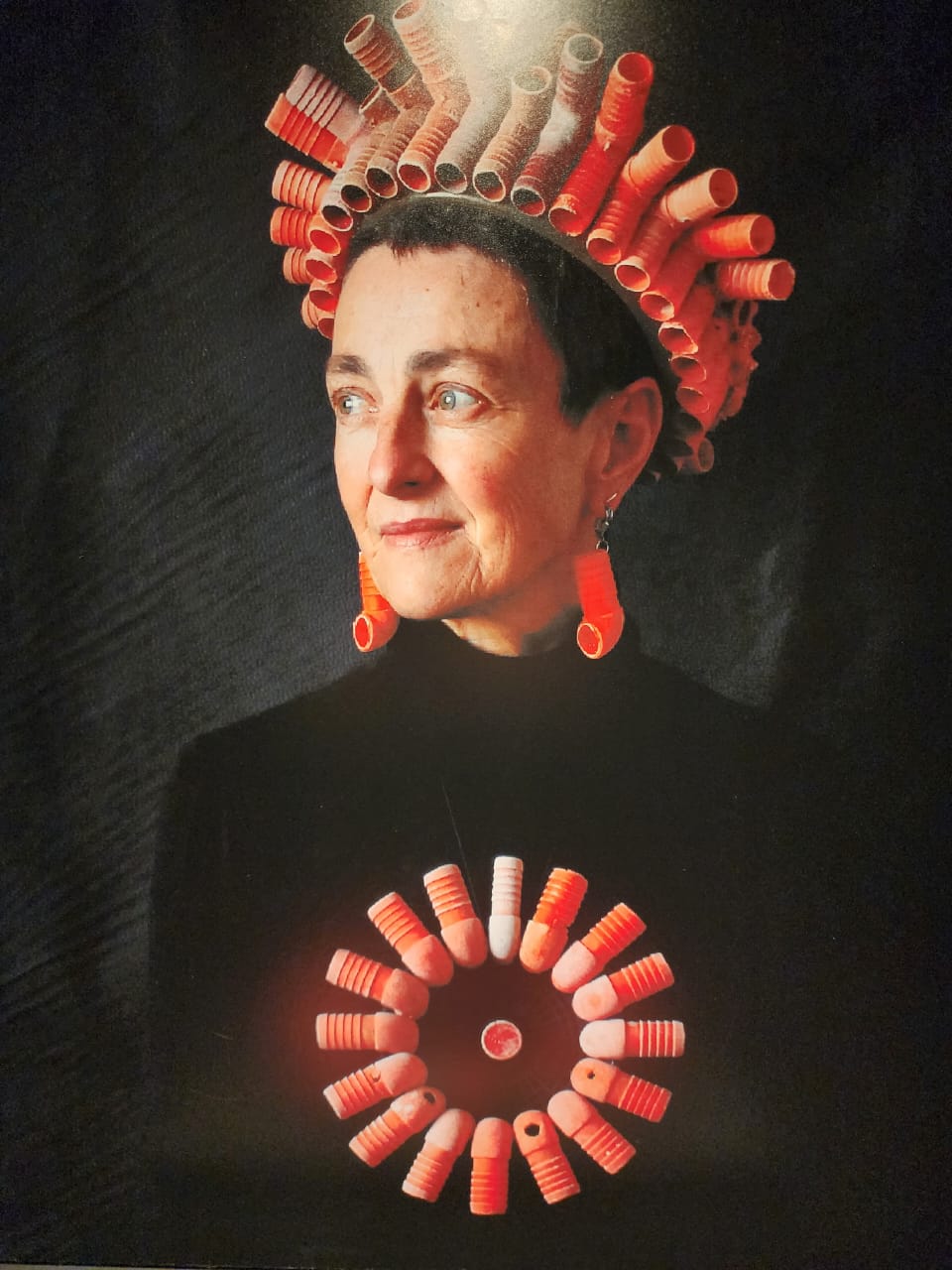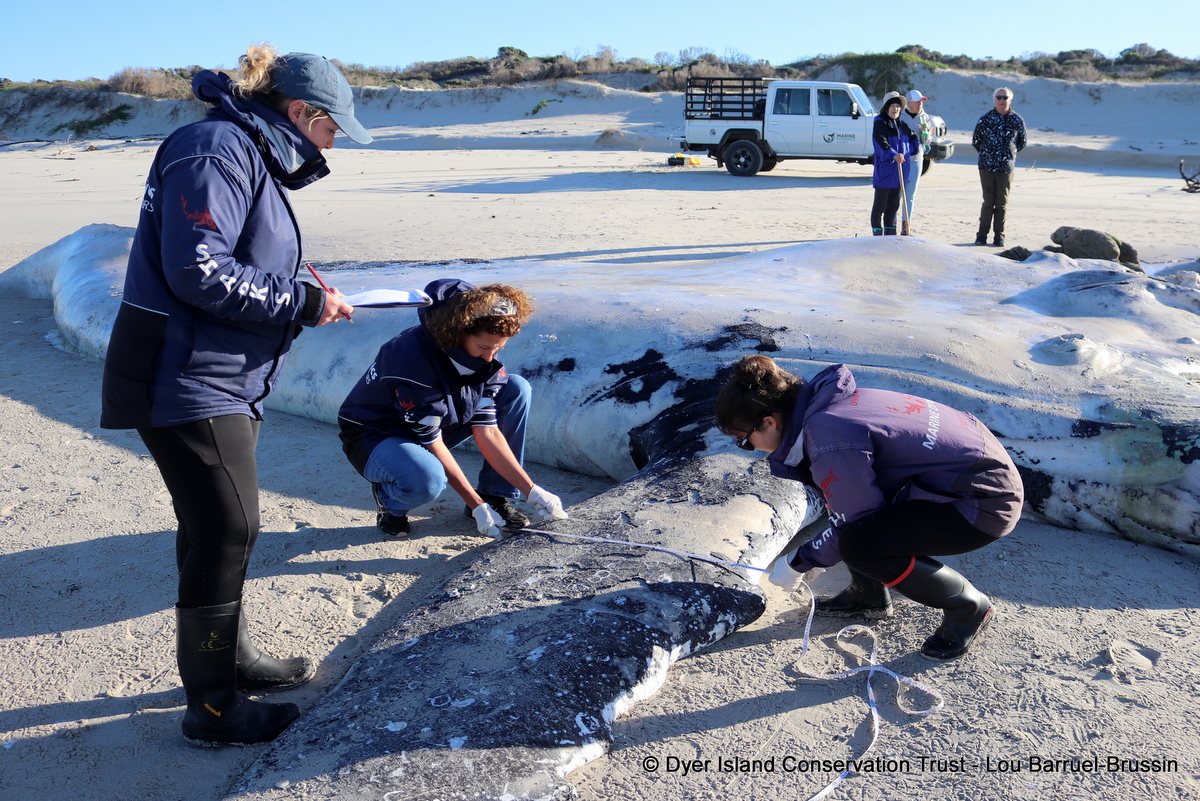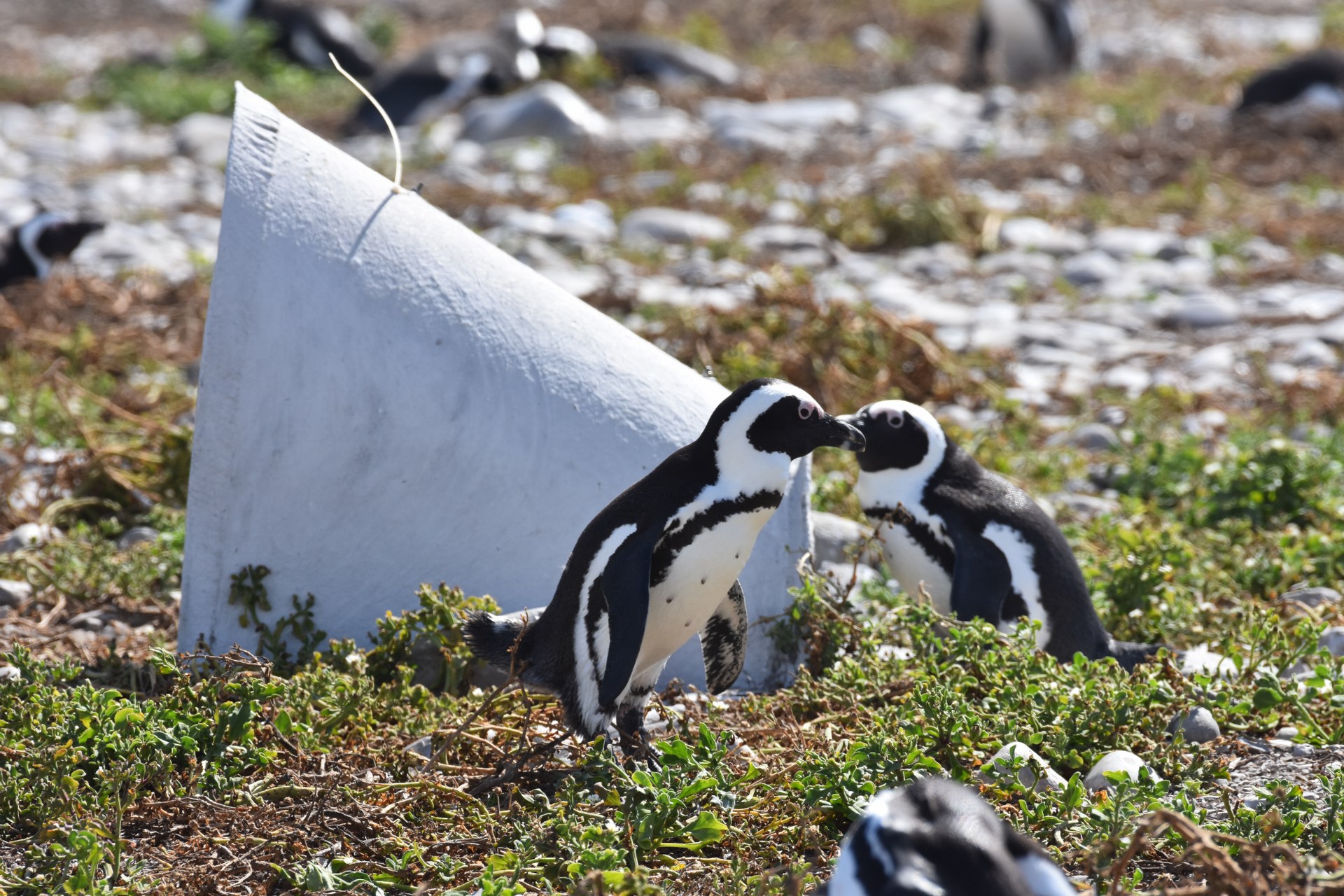Penguin Rescue Line: 072 598 7117
AFRICAN PENGUIN & SEABIRD SANCTUARY
Opened in 2015, the APSS is as a custom-designed marine bird rehabilitation center.
We provide temporary care to diseased, displaced, injured, oiled and abandoned marine birds with special focus on the endangered African penguin. Marine bird rescue, rehabilitation and releases part of the conservation management plan to stabilize and maintain population numbers.
Rehabilitation is a re-active but important intervention. Every single penguin saved through rehabilitation contributes to the conservation effort, to prevent the extinction of the African penguin.
THE APSS PROVIDES:
PENGUIN CHICK REHABILITATION
Annually we have to remove African penguin chicks from Dyer Island, to treat and rehabilitate at the African Penguin and Seabird Sanctuary – APSS, while their parents on the island finish moulting.
African penguins go through a season where they moult, replacing their feathers for new ones. During this process the penguins are not “water proof,” preventing them from swimming and caring for their young. If we did not intervene the chicks will starve and the population will continue to decline.
The number of chicks that will now be in our care will require more time, resources and especially fish. We need YOUR help!
We need YOUR help to feed these little penguins, by donating to the African Penguin and Seabird Sanctuary.
PENGUIN PENTHOUSE PROJECT
Rehabilitation is re-active, to save the African penguin from extinction we need to also focus on pro-active measures. One of those measures are to provide the penguins with an artificial nest that will meet all the requirements of a perfect penguin penthouse.
WHY DO WE NEED TO PROVIDE ARTIFICIAL NESTS?
Before the advent of artificially produced fertiliser, guano was considered a top-quality fertiliser rich in nitrogen, phosphorous and potassium. Guano (an Inca word for a mix of eggshell, feathers, decayed corpses and bird excrement) was scraped from the penguin breeding islands. Penguins used to build their nests by burrowing into the thick layers of guano. This “forced removal” from well protected, temperature-controlled burrows to open surface nests, exposed the African Penguin to the harsh African heat and occasional flooding the “open-plan” living arrangement turned their eggs and chicks into an easy meal for predators like gulls & skuas.
OUR ACTION PLAN ALSO INCLUDES:
An education & awareness programme
The continued engagement and lobbying with the relevant government departments for the establishment of more Marine Protected Areas and Special no catch areas around penguin colonies to improve the habitat conditions.
SEABIRD CENTER:
The planned project, a South African Seabird Center, is an extension of the African Penguin and Seabird Sanctuary which is now a well-established tourism and conservation project, making a real difference to conservation and community.
The Seabird Center will lead on from this public section with high quality educational displays that showcase the life and migration patterns of seabirds seen off the South African coastline. There will be a variety of both static and interactive displays will allow the public to learn more about seabirds and the importance of seabird conservation. This addition will offer visitors an opportunity to engage with nature in a sustainable way.
There will be an entry fee for the Seabird Center and this fee will support employment and the continued conservation work making the conservation model more sustainable.
HOW CAN YOU HELP?:
Enjoy a cup of coffee and some cake, browse the Penguin Gift shop and watch the antics of the African penguins undergoing rehabilitation.
BLOG
Re-use, Reduce, REFUSE, Recycle – celebrating Plastics Free July!
Don’t feel BLUE about Plastic Free July
There are many things that Kleinbaai, in Gansbaai, […]
Humpback Whale Stranding – June 2024
On 22 June, the Dyer Island Conservation Trust and Marine Dynamics teams were alerted […]
KRUSHAN FOUNDATION: Crucial in assisting, keeping our African Penguins safe!
Kruger and Shannon du Plessis from the KruShan Foundation are two friends of the […]
AFRICAN PENGUIN
THE STORY OF THE AFRICAN PENGUIN
ALLOW US TO INTRODUCE OURSELVES:
We are now known as the African penguin. In the past we have been called the Jackass penguin, but we objected as we did not believe it was politically correct to have the term “ass” in our name.
Then for a while we were the Black-footed penguins but seeing that most of our fellow penguin species have black feet, we thought that this could be confusing.
There are 18 penguin species worldwide, but we are the only penguin species that can call Africa home– therefore we preferred to be called the African penguin and we are proud of it.
We call the south-western African coast line, all the way from Namibia to Algoa Bay in South Africa home. African penguins have a unique story to tell.
Exclusive to the African continent, the African penguins have a unique story to tell.
Help! We are in trouble
We do not want our tale to end but unless we get some help we are living in the final chapter of our story.
1920 : 1 000 000 breeding pairs
1956 : 147 000 breeding pairs
1978 : 75 000 breeding pairs
2001 : 63 000 breeding pairs
2009 : 25 000 breeding pairs
2015 : 18 000 breeding pairs
2018 : 15 000 breeding pairs
HOW DID WE END UP STARING EXTINCTION IN THE FACE?
For a while our green tinged, fish smelling eggs were considered a delicacy. Up until the 1960’s over 3 million eggs were removed from our breeding islands.
Guano is the nutrient rich bird droppings from bird colony areas. On Dyer Island, the guano layer was 4-6m thick & we used to burrow into the guano layer to form nests. These burrowed nests kept us insulated from heat & cold and protected from predators. Our breeding islands are now barren rocks. We now have to nest in shallow pits, exposed to the sun, predators and occasional flooding.
Oil spills, whether big or small is bad news for us penguins. A spot of oil the size of your thumbprint on our feathers can cause us harm. Imagine cutting a hole in a wetsuit – water seeps in. The same happens to us, we use our waterproofing, become waterlogged & can drown. Or we try to preen it off and then we ingest the toxic stuff that makes us sick.
To add insult to injury our bad luck did not end there. We now face a contemporary and frightening problem of over-fishing of sardines and anchovies in particular. Dwindling fish stock are forcing us to travel far from home to feed, this would be OK if we only had to feed ourselves, but when our chicks need feeding travelling long distances for “take out” is not ideal.
We have our natural enemies but some of them, like the Cape fur seal have learned to make us do the hard work – we go fishing and they target us merely for our stomach contents. This new learned behaviour by some lazy characters is contributing to the demise of our kind.
Bottom-line:
We, the African penguin species are disappearing at a rapid pace, but you can help us to slow the pace and bring the decline to a stop.
PENGUIN FACTS:
Scientific name: Spheniscus demersus
Class: Aves
Order: Sphenisciformes.
Family: Spheniscidae.
We are “banded” penguins, because of the black bandover our chest our closest cousins are the Humboldt and Magellanic and Galapagospenguins.
Common names:
Afrikaans: Afrika Pikkewyn, Brul Pikkewyn
Xhosa: Inguza or Unombombiya
Adult weigh: 2.5 – 3.5kg
Height when standing: 40 – 50cm. When scientists measure us, they measure us as if we are lying down with our feet stretch out behind us. So, from the tips of our toe nails to the end of our beak we are between 60 and 70cm’s
Age at first breeding: 2-6 years normally 4
Breeding: African penguins have an extended breeding season, which enables them to breed throughout the year. The peak of the breeding season in Namibia (November to December) tends to be earlier than the peak for South Africa (March to May).
Eggs: 1-2 eggs. Incubation period of 40 days
Flegling period: 60 – 130 days
Lifespan in the wild: Average 10 – 15 years
Males and females dress the same, making it difficult to differentiate between sexes. Juveniles differ from adults in having blue-grey plumage with no white facial markings and no bold, defined marking
Swimming Speed: 15-20km/hour. Average 5km/hour when travelling
Dive depth: Usually less than 30m but can dive to a maximum of 130m
Dive duration: 2 – 5 minutes
Food: Shoaling Fish like sardines & anchovies
Once a year we have to moult. Basically, we have to replace our old and worn-out feathers. This is our license to get fat. We need to gain up to 31% of our normal body weight. We need these fat reserves because as our new feathers slowly push out the old feathers, we are not waterproof, therefore we do not feed for about 18 days. We have to stay on land without food until our shiny new tuxedo has grown out. By this time of course we are back to our normal sleeky self.







